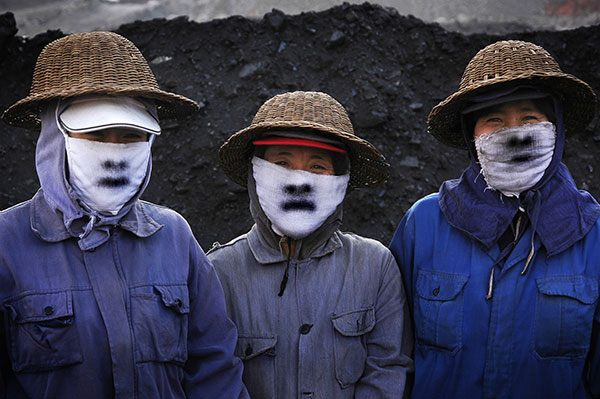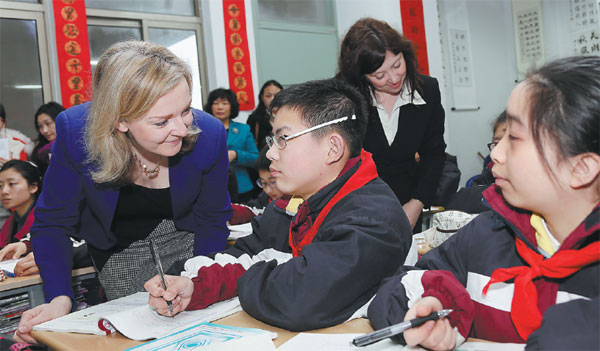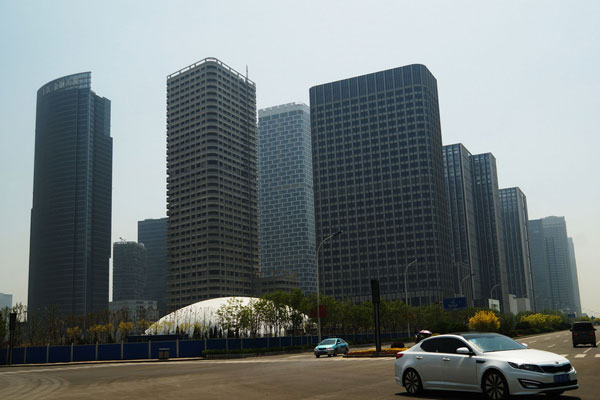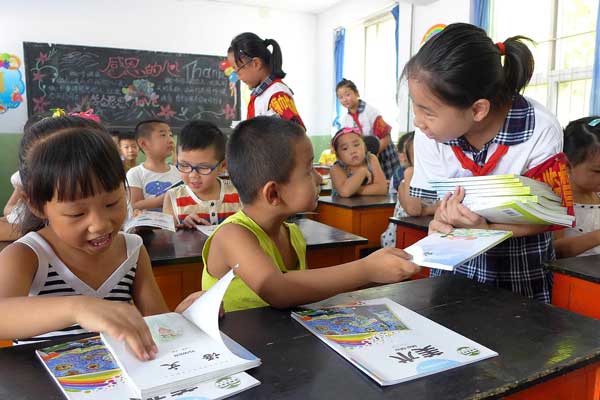Tsinghua biologists solve genetic puzzle
Updated: 2015-08-24 09:37
By CHENG YINGQI(China Daily)
|
|||||||||||
A team of molecular biologists at Tsinghua University reported a milestone breakthrough in molecular biology and gene expression on Sunday.
As DNA is no longer a mystery, many scientists have shifted their interest toward the manufacturing process-how the information stored in DNA is delivered to produce proteins with different functions, such as forming a person's skin, organs and hair.
On Sunday, scientist Shi Yigong and his team at Tsinghua University's School of Life Sciences, reported the structure of a substance called spliceosome, which is crucial in gene expression. Results of the team's analysis on its functioning mechanism were published in Science, the academic journal.
"The structure of the spliceosome represents a much greater challenge than the structure of the ribosome, for which three individuals in the past were awarded the Nobel Prize," Phillip Sharp, a 1993 Nobel Prize winner for physiology or medicine, said in an e-mail to Shi, which the university released to China Daily.
"The structure of the spliceosome was solved completely by Chinese scientists using state-of-the-art technologies," he said.
"It's a milestone achievement in Chinese life sciences, and it will encourage the next generation to enter the field and target the most challenging and highest-impact projects with the knowledge that Shi Yigong's laboratory took on an impossible challenge and succeeded on a world stage."
Gao Fu, a member of the Chinese Academy of Sciences, explained the function of spliceosome using stone architecture as an analogy: "When you build a stone building, you have to first cut the stone into the right shape. That is what spliceosome does, it cuts the redundant part in RNA (ribonucleic acid) so that the gene will be expressed in the right way."
Despite spliceosome being related with 35 percent of genetic disorders in humans, scientists had previously been unable to figure out its structure, not to mention conduct further research into some genetic diseases.
"When I was a postdoctoral researcher, my boss, a Nobel Prize winner, always wanted to study spliceosome because it is one of the ultimate unsolved puzzles every molecular biologist wants to crack," said Shi. Yet the scientist did not manage to start the research until just six years ago.
Shi opened his own laboratory at Tsinghua University in 2007 and spent the first two years training students and building up the confidence of his staff members. By 2009, the lab already had some research results published internationally, "so I decided it was the time to accomplish my dream", he said.
Compared with his competitors in the international science community-seven world-class labs, including in the US, the UK and Germany-Shi was lucky to be the one who made the breakthrough.
"I can't explain why we were the first team to find the structure of spliceosome," he said. "One possible factor is that my students, all young and outstanding, bravely changed some internationally used arithmetic, while another could be that we've been doing the research with cryoelectron microscopy-the right equipment capable of observing such complex structures."
Related Stories
Study helps kids with obesity gene 2015-07-23 07:39
New genetic markers for breast cancer identified 2015-03-10 11:11
Man finds his way home via DNA technology 2015-03-19 10:35
Chinese scientists identify six new leprosy gene variants 2015-02-03 14:56
Argentine scientists discover gene mutation that causes autism 2015-04-07 11:14
Today's Top News
Greek opposition tries to form government
12,000 troops, new armament to feature in Beijing parade
Preparations shutter Forbidden City
Changing face of illegal immigration
President Xi Jinping calls for crews not to ease up
Jon Bon Jovi sings in Mandarin for Chinese Valentine's Day
DPRK deploys more fire units to frontlines with ROK
No cyanide detected from Tianjin river section with fish deaths
Hot Topics
Lunar probe , China growth forecasts, Emission rules get tougher, China seen through 'colored lens', International board,
Editor's Picks

|

|

|

|

|

|






